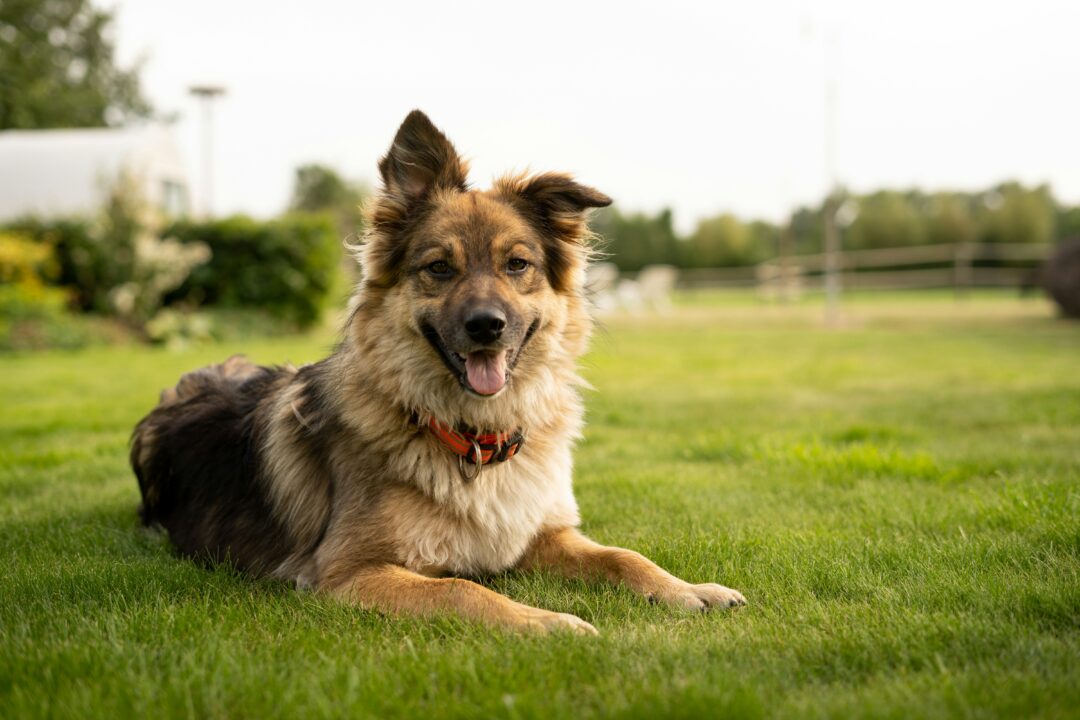Every dog needs exercise, but where you live plays a big role in how often, how long, and how structured those walks should be. City dogs and suburban dogs experience very different environments. Understanding the differences can help ensure your pup gets the best exercise possible.
1. City dogs: navigating busy streets
City dogs often live in apartments or small homes. Because of this, daily walks are essential for bathroom breaks, mental stimulation, and socialisation. Here’s what to consider:
- Frequency: They need more frequent walks (three to four times a day) since they don’t have a yard.
- Stimulation: Walks are shorter but more engaging, with high exposure to new sights, smells, and interactions.
- Safety: Leash training is crucial to safely navigate pedestrians, cyclists, and traffic.
- Challenge: They may struggle with noise sensitivity (sirens, crowded sidewalks).
2. Suburban dogs: room to roam
For suburban dogs, walking is often less about necessity and more about enrichment. With access to backyards and quieter streets, their routines focus on exploration.
- Walk Style: Longer, more leisurely strolls allow dogs to take in a variety of scents and sights.
- Exercise: They often need more vigorous exercise (like sprinting or active play) during walks to stay active.
- Off-Leash Opportunities: Suburban parks and trails offer more supervised off-leash time.
- Socialisation: They may need scheduled trips to dog parks to ensure they are well-adjusted, as they have less daily social exposure.
Finding the right balance (behaviour & support)
Whether your dog is a suburban rover or a city slicker, regular walks help burn off excess energy, which reduce boredom, which can lead to destructive behaviour at home. For those in quieter neighbourhoods, dog walking in the suburbs can mean longer, more relaxing adventures.
Don’t have the time to walk your pooch? Hiring a professional dog walker is a great solution. Simply add “Dog Walking” as a task to your next outdoor booking, and your pooch will thank you.

ALSO SEE: WALKIES MADE EASY! INTRODUCING DOG WALKING BY SWEEPSOUTH.








